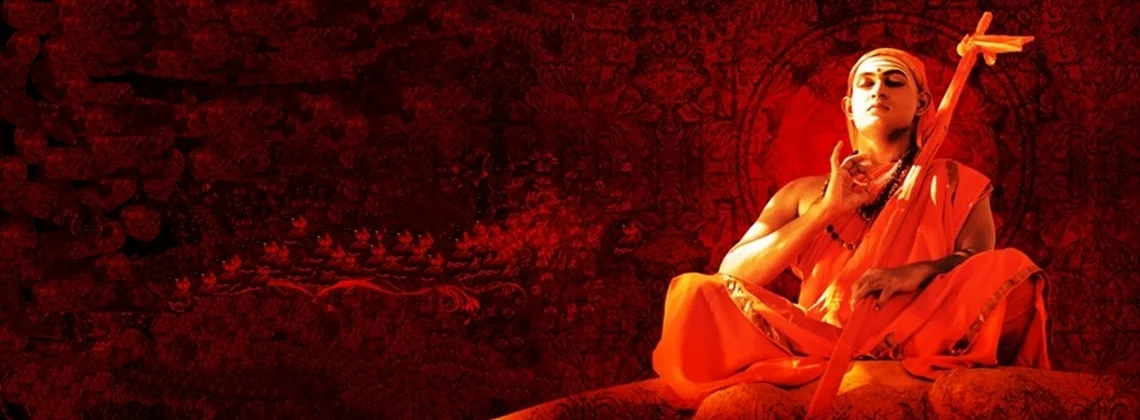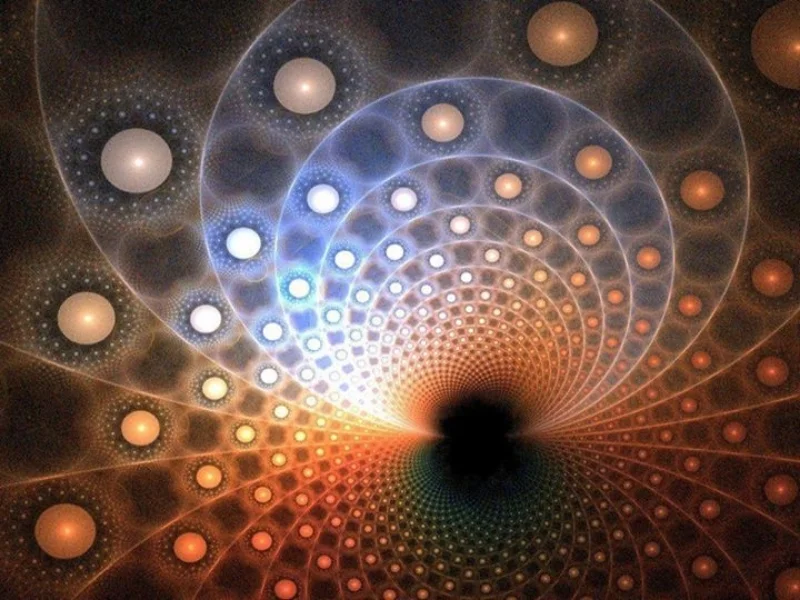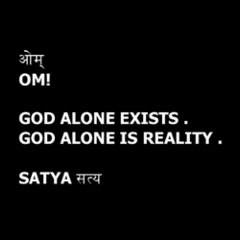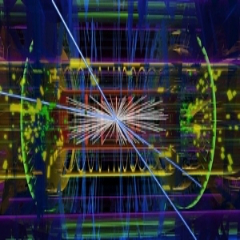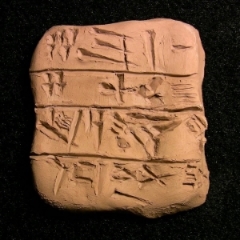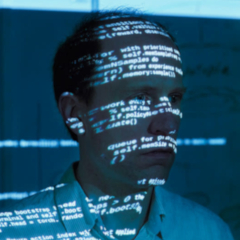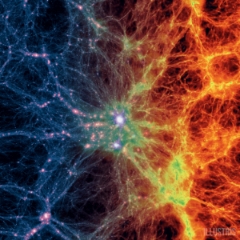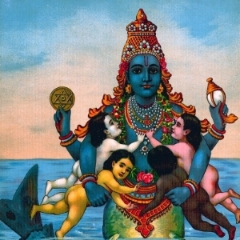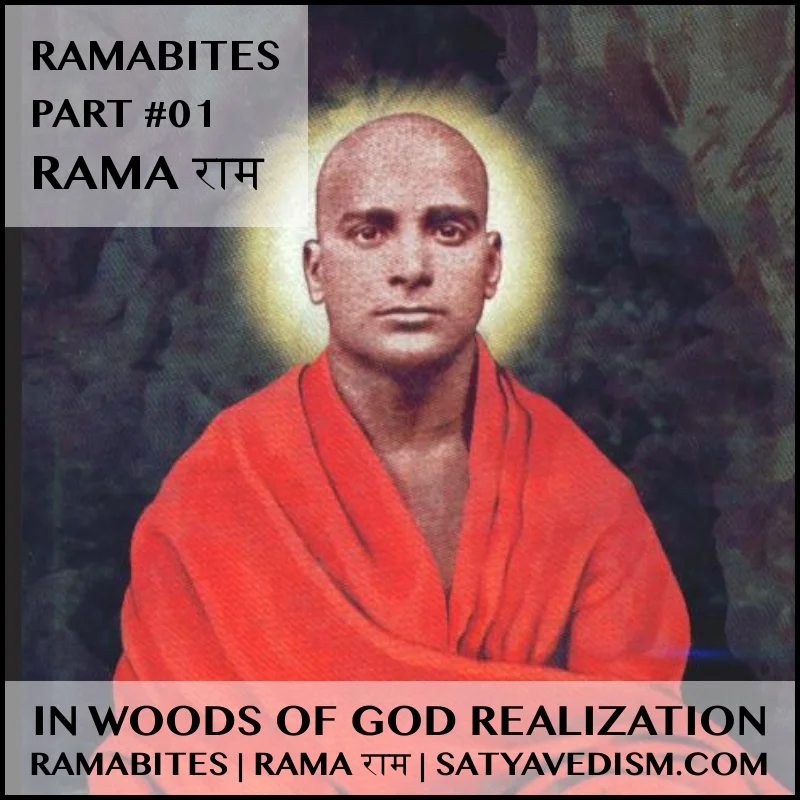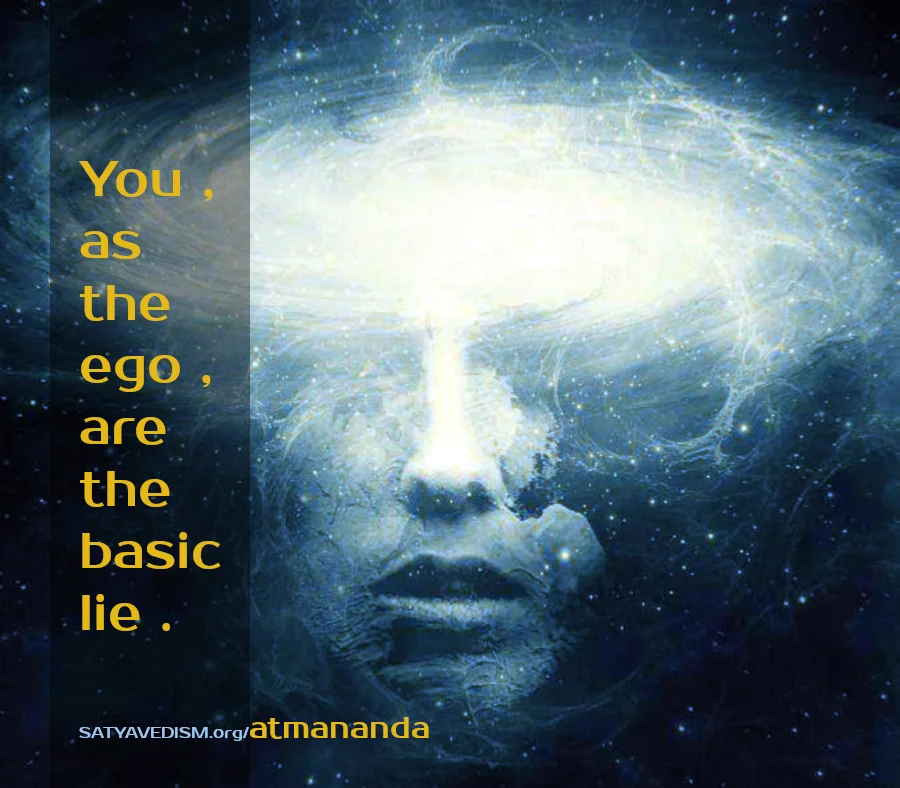MUNDAKA UPANISAD | 2.1.2 | AMOETD
| | homeMUNDAKA UPANISAD | 2.1.2 | SRI ADI SANKARACARYA
Divyo hy amurtah purusah sa bahyabhyantaro hy ajah aprano hy amanah subhro aksarat paratah parah || 2.1.2 ||
2 . The Purusa is transcendental , since IT is formless . And since IT is coextensive with all that is external and internal and since IT is birthless , therefore IT is without vital force and without mind ; IT is pure and superior to the ( other ) superior imperishable ( Maya ) .
|| BHASYA || : Purusah , the Purusa , who is so called because of ( the derivative meaning of ) all-pervasiveness or residence in the heart ; is divyah , resplendent — by virtue of self-effulgence or residence in ITs own resplendent Self — or transcendental ; hi , because ; IT is amurtah , devoid of all forms .
The self-effulgent Purusa , being formless and all-pervasive , is sabahyabhyantarah , coextensive with all that is external or internal ; ajah , birthless , not born of anything , since there is nothing else but ITSELF which can be ITs cause of birth , in the sense that air is the cause of water-bubbles etc , or pots etc are the causes of the different kinds of cavities of space .
As all modifications of positive entities are preceded by their births , the denial of birth is tantamount to the denial of all modifications . Hi , as — as that Being , coeval with all that is external or internal , is unborn , hence It is ageless , deathless and imperishable , constant and fearless . This is the idea .
Although like the sky , appearing as possessed of surface and taints , It appears in the context of the different bodies to be possessed of vital force , mind , senses , and objects , in the eyes of those people whose vision , owing to their ignorance , is fixed on the multiplicity of the limiting adjuncts , eg the bodies etc , yet from Its own point of view It is apranah , without the vital force , to those whose eyes are fixed on the Supreme Reality . That is called apranah in which air , the principle of motion , does not exist in its diversity of the power of action .
Similarly , It is amanah , without mind , that in which even the mind , consisting of thinking etc and possessing diverse powers of knowledge does not exist . By the expressions " without vital force " and " without mind " , it is to be understood that all the different vital forces , viz Prana , ( Apana , etc ) , the organs of action , and the objects of those organs , as also the intellect and the mind , the senses of perception and their objects are denied .
In support of this , there occurs this passage in another Upanisad :
" It thinks , as it were , and It shakes , as it were " ( Br IV . iii . 7 ) .
As the two limiting adjuncts are denied in It , so It is subhrah , pure . And hence ( It is higher ) paratah aksarat , as compared with the ( other ) higher imperishable called the Unmanifested ( ie Maya ) .
And the nature of this Maya is inferred from the fact of its being the limiting adjunct of Brahman that appears to be the seed of name and form . *
And that ( other ) imperishable called the Unmanifested , that is inferred as the limiting adjunct of that ( higher ) Imperishable , is itself higher than all the modifications , because by implication it is the seed of all the effects and accessories . *
The unconditioned , all-pervasive entity is parah , higher ; aksarat paratah , than that imperishable ( Maya ) which is superior ( to its effects ) . This is the idea .
It is being shown how , again , can that Entity in which is interwoven the ( other , lower ) imperishable , called akasa , that enters as an object into all empirical dealings , be without the vital force etc . If , like the Purusa ( the all-pervasive Entity ) , the vital force etc exist as such before creation , then , by virtue of their coexistence ( with It ) , the all-pervasive Entity will be possessed of the vital force etc .
But as a fact , unlike the all-pervasive Entity , the vital forces etc do not exist then , as such , before creation ; therefore the supremely all-pervasive Entity is without vital forces , just us Devadatta is said to be without a child so long as a child is not born . As to how those vital forces etc do not exist is being stated .
( NOTES : * In such manifestations of consciousness as memory , doubt , etc , the power of Brahman remains ingrained , and thus Brahman appears to be the cause of name and form ; but in reality the transcendental Brahman cannot be so ; and accordingly Maya has to be assumed to be the limiting adjunct of Brahman , causing this appearance of causality in Brahman . | * Effects are known to be inferior to the causes ; so the principle of Maya , which is known as the cause , must be superior to its effects . )
|| UPADESA SAHASRI : A METHOD OF ENLIGHTENING THE DISCIPLE || I.I.6 || COMPLETE AMOETD SERIES ➤➤ | INTRODUCTION ➤➤ ||
|| THIS SCRIPTURE SERIES SOURCE || ➤
|| 1 || http://www.SATYAVEDISM.com ||
|| 2 || http://bit.ly/SRIADISHANKARA ||
http://www.SATYAVEDISM.com/shankara/amoetd/
SOURCE | SATYAVEDISM.ORG
